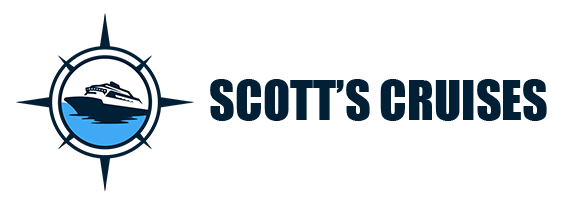Since the COVID-19 pandemic upended the travel industry, cruise lines have had to adapt significantly to new health and safety protocols, operational challenges, and changing passenger expectations. As cruising has resumed and ships like Royal Caribbean’s Icon of the Seas sailing at 132% capacity, several notable changes have been implemented. Here are the top five changes that have become the new standard on cruise ships since the pandemic:
1. Electronic Muster Drills: Say Goodbye to Crowded Assemblies
One of the most celebrated changes in the cruising world since COVID-19 is the shift to electronic muster drills, also known as “self-mustering.” Pre-pandemic, muster drills required passengers to gather in large groups at their designated muster stations, don lifejackets, and listen to lengthy safety briefings. This often led to crowded spaces and frustration among passengers who were eager to begin their vacation.
Post-COVID, most cruise lines have transitioned to a more convenient and streamlined process. Now, guests can either check in on their cruise line’s app or visit their muster station briefly to scan their keycard, and they’re done. The essential safety information, such as how to put on a life jacket and the location of the lifeboats, is now accessible via the cruise line’s app or on stateroom TVs. This approach not only enhances safety by preventing large gatherings but also improves the overall guest experience by allowing them to explore the ship or relax right after boarding without the interruption of a mandatory drill.
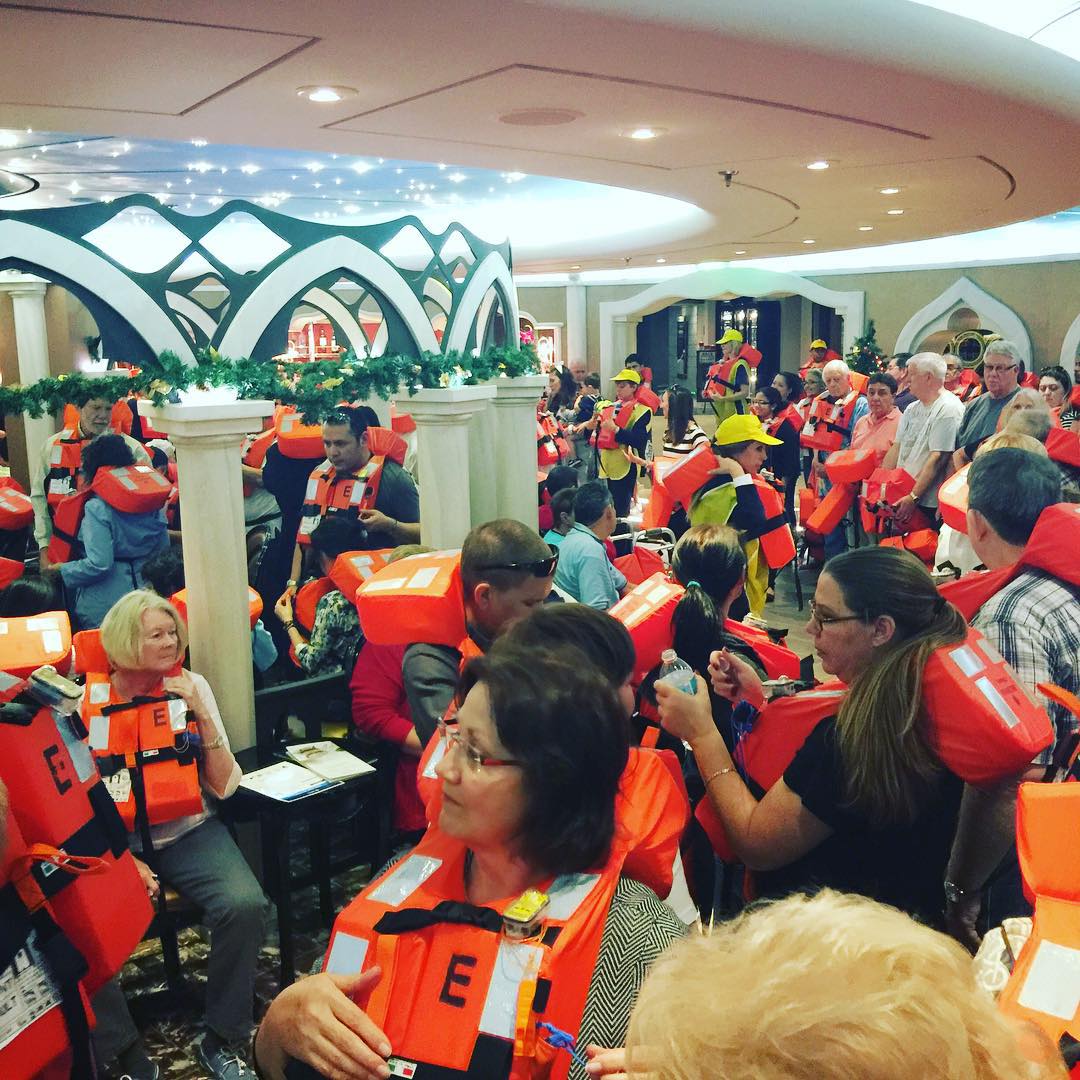
2. Changes in Health Surveys: A Shift from Specific to General
Before COVID-19, health questionnaires were a standard part of the cruise check-in process, focusing mainly on gastrointestinal (GI) issues like norovirus. Passengers were required to fill out forms asking if they had experienced any GI symptoms within the past few days. If they answered affirmatively, they risked being denied boarding.
In the post-COVID era, these health surveys have become less specific and more generalized. Many cruise lines have shifted to asking broader questions, such as whether passengers have simply “not been feeling well” or have had any recent illnesses. This change reflects a more balanced approach to screening that still aims to keep infectious diseases off the ships while not being overly restrictive or invasive. It also allows for a quicker, less stressful embarkation process for passengers who may otherwise feel anxious about answering detailed health questions.
3. Decline in Food Quality and Portion Sizes: Cost-Cutting or Waste Reduction?
One of the more contentious changes that many seasoned cruisers have noticed since the industry’s restart is a perceived decline in food quality and variety in main dining rooms and buffets. Passengers have reported that meals are not as diverse or as well-prepared as they used to be, and portion sizes appear to have been reduced.
Many cruise lines have justified these changes as part of an effort to reduce food waste, aligning with broader sustainability initiatives. However, some cruisers feel that these changes are more about cost-cutting than environmental concerns. A notable example is Carnival Cruise Line’s decision to serve bacon only every other day at the breakfast buffet, a move that sparked a mini uproar among bacon-loving guests. This change, along with others, has left some passengers feeling that they’re not getting the same value they once did in their dining experiences. While upscale specialty restaurants onboard often still offer high-quality meals, the main dining options have left some guests longing for the pre-pandemic days.
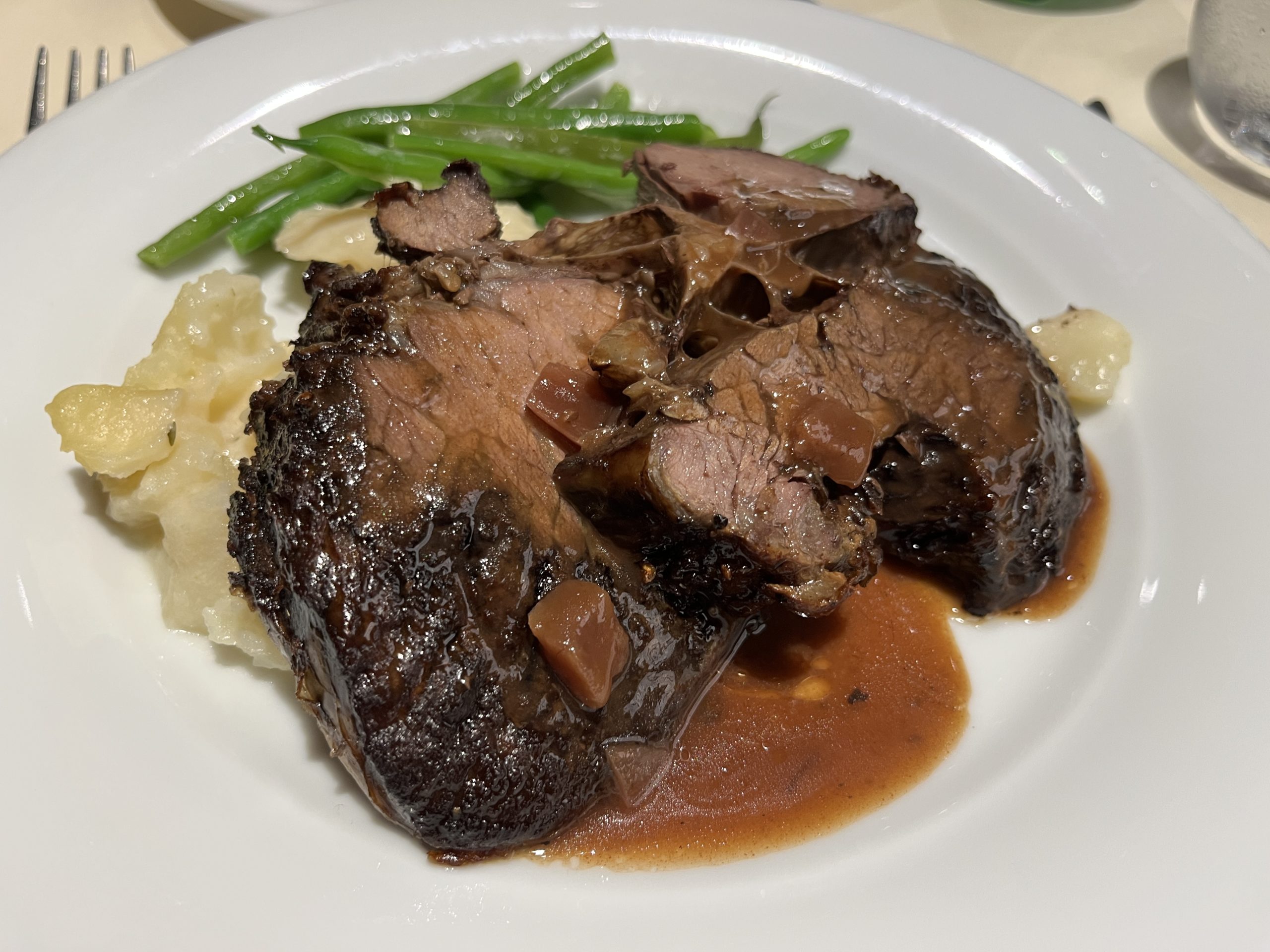
4. The Rise of Cruise Line Apps: The All-in-One Solution
Another significant change that has become more prevalent since the pandemic is the enhanced use of cruise line apps for a wide range of activities. While most cruise lines had some form of app before COVID, the pandemic accelerated the adoption of technology to reduce physical contact and streamline onboard experiences. Now, apps serve as a central hub for everything from the daily program and activity schedules to dining reservations, shore excursions, and even virtual queues for popular venues like the dining room or guest services.
Some cruise lines have gone so far as to eliminate the traditional printed daily programs altogether, opting for a fully digital version available on the app. This shift not only reduces paper waste but also encourages passengers to plan their day at their own convenience. Additionally, having everything accessible via a smartphone has made it easier for passengers to stay informed and engaged without having to rely on paper handouts or make unnecessary trips across the ship.
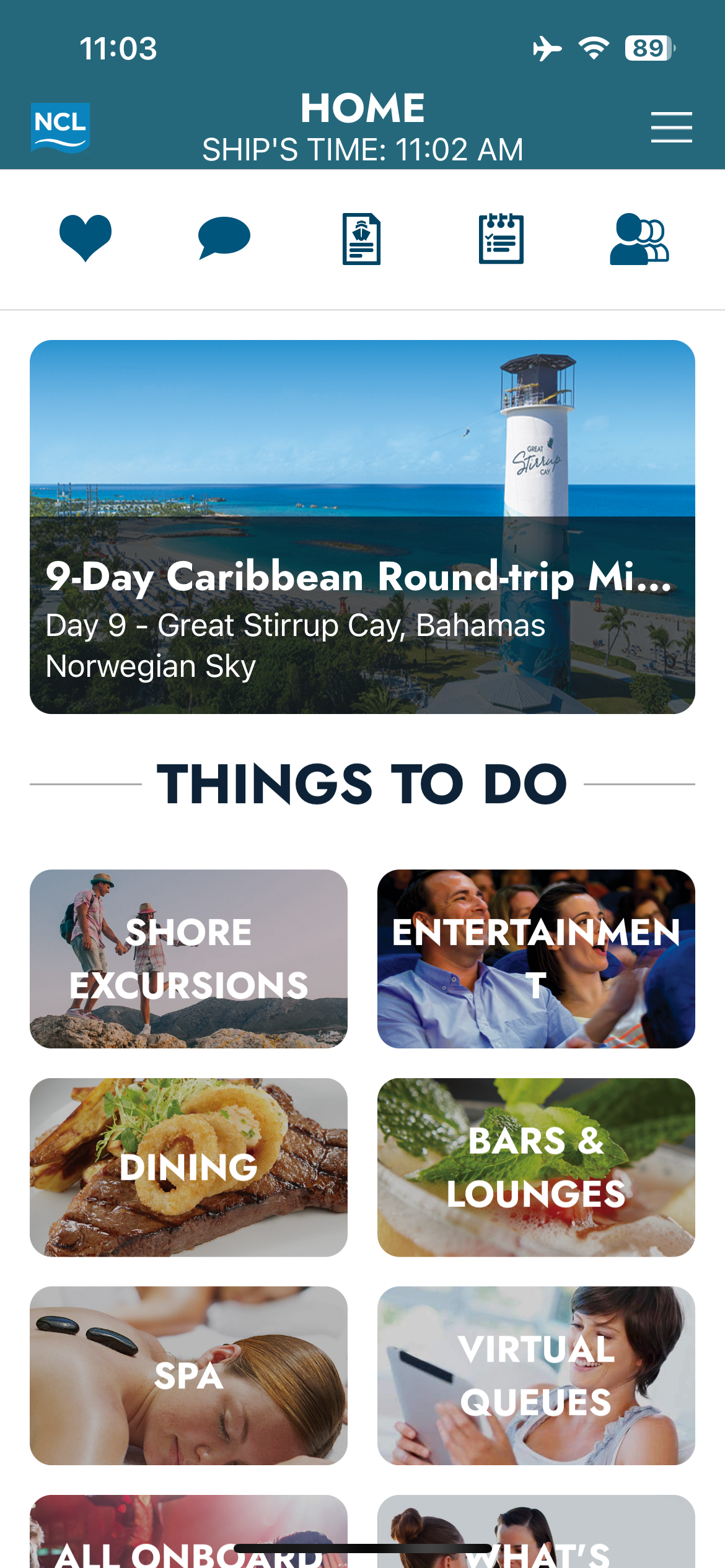
5. Reduced Stateroom Service: One and Done
One of the most noticeable changes onboard nearly all mass-market cruise lines is the reduction of stateroom service from twice daily to just once a day. Before COVID, cruisers were accustomed to having their staterooms serviced in the morning and then “turned down” again in the evening, complete with chocolates on pillows and freshly fluffed towels. This twice-daily service provided an extra touch of luxury and comfort, making guests feel pampered.
Now, most cruise lines have scaled back to just one servicing per day, usually in the morning or early afternoon. This adjustment has led to mixed reactions from passengers. While some appreciate the simplicity and reduced intrusion into their staterooms, others miss the pre-bedtime service that added a bit of evening magic to their cruise experience.
However, exceptions exist; for example, lines like MSC Cruises and Holland America, as well as premium brands like Disney Cruise Line, Regent Seven Seas, and Crystal Cruises, have continued to provide twice-daily stateroom service, maintaining a higher standard of luxury for their guests. For those who prefer the more frequent service, most cruise lines still offer the option to request additional cleanings as needed, but it’s no longer the default expectation.
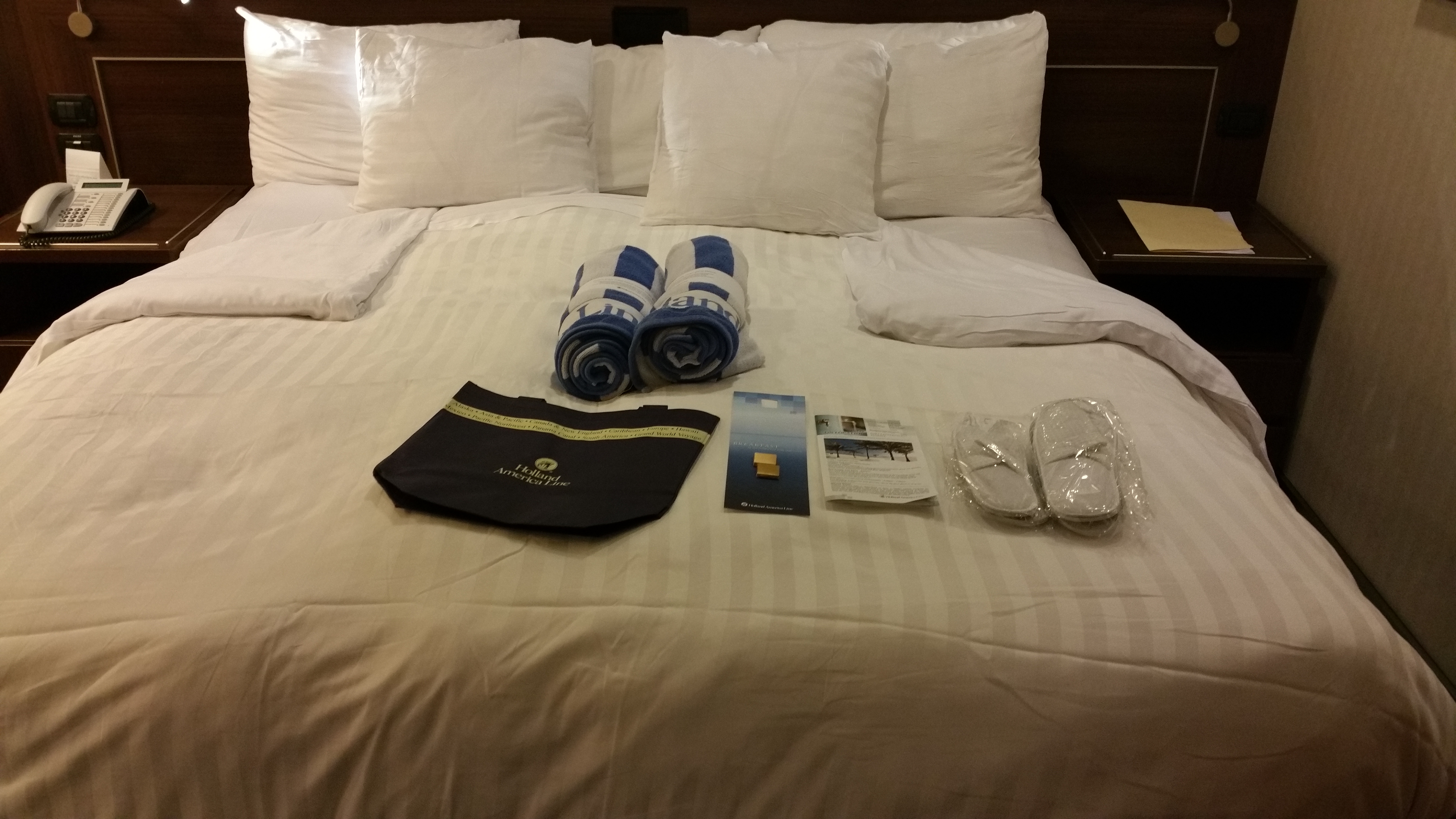
Navigating the New Normal
The cruising landscape has certainly evolved in response to the challenges brought about by COVID-19. While some of these changes have been met with open arms—like electronic mustering and enhanced app functionality—others, such as reduced stateroom service and perceived declines in food quality, have sparked debate among cruisers. What remains clear is that cruise lines are striving to balance guest satisfaction, safety, and operational efficiency in this new era of travel.
As the industry continues to adapt and evolve, passengers may see even more changes on the horizon. Whether you’re a first-time cruiser or a seasoned sailor, understanding these shifts can help set the right expectations and ensure that your next cruise is as enjoyable and stress-free as possible.
